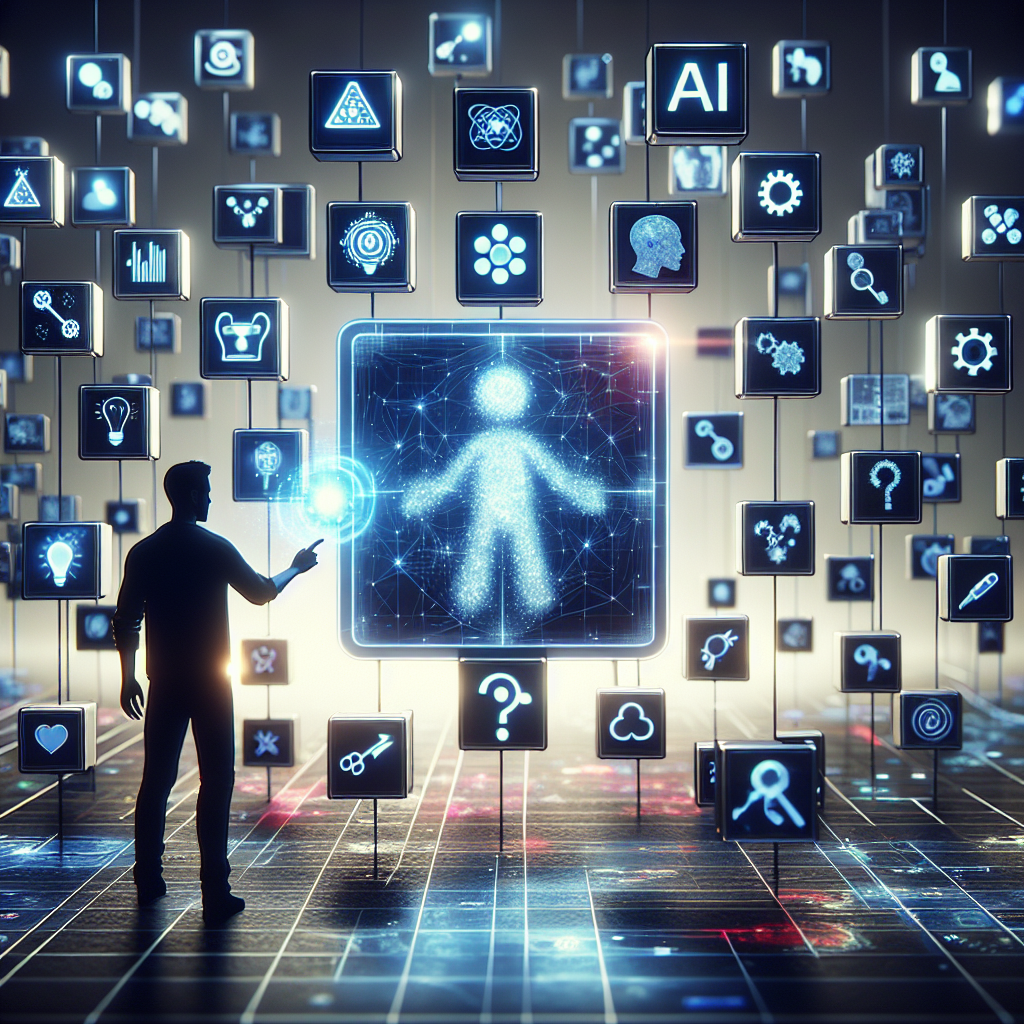The Future of AI-Driven Game Design Tools
Artificial Intelligence (AI) has been making significant strides in various industries, including the gaming industry. AI-driven game design tools have the potential to revolutionize the way games are created, making the process more efficient, cost-effective, and innovative. In this article, we will explore the future of AI-driven game design tools and how they are shaping the future of gaming.
The Role of AI in Game Design
AI has been used in various aspects of game development, from generating content to enhancing player experiences. AI-driven game design tools can help game developers streamline the design process, automate repetitive tasks, and create more immersive and engaging gameplay experiences.
One of the key areas where AI is making an impact in game design is in procedural content generation. This involves using AI algorithms to generate game content, such as levels, characters, and environments, in a more efficient and cost-effective way. AI-driven procedural content generation tools can help game developers create vast and diverse game worlds with minimal manual effort, saving time and resources.
AI can also be used to improve player experiences by personalizing gameplay experiences based on individual player preferences and behaviors. AI-driven game design tools can analyze player data in real-time to adapt gameplay elements, such as difficulty levels, challenges, and rewards, to suit each player’s unique playstyle. This can lead to more engaging and immersive gameplay experiences that keep players coming back for more.
Furthermore, AI-driven game design tools can help game developers optimize game performance and balance gameplay mechanics. AI algorithms can analyze gameplay data to identify patterns, trends, and areas for improvement, allowing developers to fine-tune game mechanics, adjust difficulty levels, and address player feedback more effectively.
The Future of AI-Driven Game Design Tools
As AI technology continues to advance, the future of AI-driven game design tools looks bright. Here are some key trends that are shaping the future of AI-driven game design tools:
1. Enhanced Procedural Content Generation
AI-driven procedural content generation tools will become more sophisticated and versatile, allowing game developers to create even more diverse and immersive game worlds. These tools will be able to generate content in real-time, adapt to player actions and preferences, and create dynamic and evolving gameplay experiences.
2. Personalized Player Experiences
AI-driven game design tools will enable game developers to create personalized gameplay experiences that cater to individual player preferences and behaviors. These tools will analyze player data in real-time to customize gameplay elements, such as difficulty levels, challenges, and rewards, to suit each player’s unique playstyle.
3. Improved Game Performance and Balance
AI-driven game design tools will help game developers optimize game performance and balance gameplay mechanics more effectively. These tools will analyze gameplay data to identify areas for improvement, fine-tune game mechanics, adjust difficulty levels, and address player feedback in a timely manner.
4. Collaborative Game Design
AI-driven game design tools will facilitate collaboration among game developers, allowing them to work together more efficiently and effectively. These tools will automate repetitive tasks, streamline the design process, and provide valuable insights and suggestions to help developers create better games faster.
FAQs
Q: How can AI-driven game design tools benefit game developers?
A: AI-driven game design tools can benefit game developers in several ways, including streamlining the design process, automating repetitive tasks, creating more immersive gameplay experiences, and optimizing game performance and balance.
Q: Will AI-driven game design tools replace human game developers?
A: AI-driven game design tools are meant to assist, not replace, human game developers. These tools can help developers work more efficiently and effectively, but human creativity, ingenuity, and expertise will always be essential in game development.
Q: Are AI-driven game design tools accessible to indie game developers?
A: Yes, AI-driven game design tools are becoming more accessible to indie game developers thanks to advancements in AI technology and the availability of affordable and user-friendly tools and platforms.
Q: How can game developers integrate AI-driven game design tools into their workflow?
A: Game developers can integrate AI-driven game design tools into their workflow by familiarizing themselves with AI technology, exploring available tools and platforms, experimenting with different applications and algorithms, and collaborating with AI experts and researchers.
In conclusion, AI-driven game design tools have the potential to transform the way games are created, making the process more efficient, cost-effective, and innovative. As AI technology continues to advance, the future of AI-driven game design tools looks promising, with enhanced procedural content generation, personalized player experiences, improved game performance and balance, and collaborative game design on the horizon. Game developers who embrace AI-driven game design tools stand to benefit from more engaging and immersive gameplay experiences that captivate players and push the boundaries of what is possible in game design.

